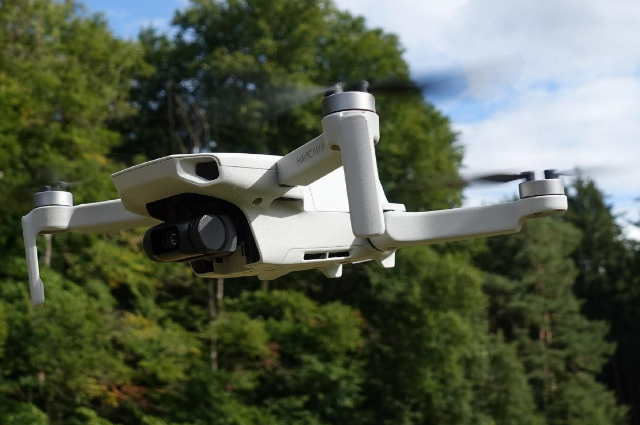
Image by Thadavid - Pixabay
Introduction
Imagine a world where unmanned aerial vehicles (UAVs) soar through the skies, delivering packages, surveying farmland, and conducting search and rescue missions. While this future may seem like something out of a sci-fi movie, it's already becoming a reality. However, with new technology comes new legal challenges, and UAVs are no exception. As regulations struggle to keep up with advancements in the industry, UAVs find themselves in legal limbo.
From hobbyists to commercial operators, the use of UAVs has exploded in recent years, and the potential benefits are vast. They can access hard-to-reach areas, reduce costs, and increase efficiency across a variety of industries. However, with increased use comes increased risk, and the potential for harm to people, property, and privacy cannot be ignored. This has led to a complex web of regulations and guidelines that vary by jurisdiction, leaving many operators unsure of how to proceed. Navigating this legal limbo can be a daunting task, but it also presents unique opportunities for innovation and creativity. As regulatory frameworks continue to evolve, operators have the chance to shape the future of the industry and help ensure safe and responsible use of UAVs. By understanding the challenges and opportunities presented by this legal limbo, operators can take full advantage of the benefits of UAV technology while also meeting their legal obligations. In this article, we will examine the current state of UAV regulations, the challenges operators face, and the strategies they can employ to navigate this complex legal landscape. From compliance with FAA regulations to addressing privacy concerns, we will provide a comprehensive guide to help operators and enthusiasts alike navigate the legal limbo of unmanned aerial vehicles.
Potential examples of UAV applications around the world include:
- Agriculture: UAVs can be used to monitor crops, assess soil conditions, and spray pesticides or fertilizers, which can increase efficiency and reduce costs.
- Inspection: UAVs can be used to inspect infrastructure such as bridges, power lines, and pipelines, which can be difficult or dangerous for human inspectors.
- Delivery: UAVs can be used to deliver goods such as food, medicine, or packages, which can be faster and more efficient than traditional delivery methods.
- Photography: UAVs can be used for aerial photography and videography, which can provide unique perspectives and angles for filmmakers, photographers, and journalists.
- Search and rescue: UAVs can be used to search for missing persons or survivors in disaster zones, which can be faster and safer than traditional search and rescue methods.
However, as with any new technology, UAVs also present new legal challenges. Some of the major challenges are:
Challenges
Safety:
One of the main legal concerns with UAVs is safety. UAVs can pose a risk to both people and property, especially if they collide with other objects. Considering the paramount interest of the peoples’ safety there have been regulations from different parts of the world to ensure that UAVs are operated safely. These regulations often include requirements for the operator to obtain a license or certification, to follow specific operating procedures, and to maintain a certain distance from people, buildings, and other aircraft.
Privacy:
Another major challenge with UAVs is privacy. UAVs can easily capture images or videos of people and property from above, which can raise concerns about privacy violations. There have been many legislations to protect people's privacy when UAVs are being used like requiring the operator to obtain consent before capturing images or videos of people or property, and to avoid capturing images or videos of certain sensitive areas, such as schools or hospitals.
Security:
It is another legal concern with UAVs. UAVs can potentially be used for malicious purposes, such as smuggling contraband, conducting espionage, or even committing acts of terrorism. Efforts have been made by different states to prevent UAVs from being used for illegal or harmful purposes. Some states make it binding on the operator to obtain a license or permit, to report any suspicious activity or incidents, and to cooperate with law enforcement agencies if necessary.
It's important to note that these legal concerns and regulations can vary significantly from country to country. For example, some countries may have more stringent regulations than others, depending on their specific needs and concerns. Additionally, the legal landscape surrounding UAVs is constantly evolving, as new technologies and use cases emerge.
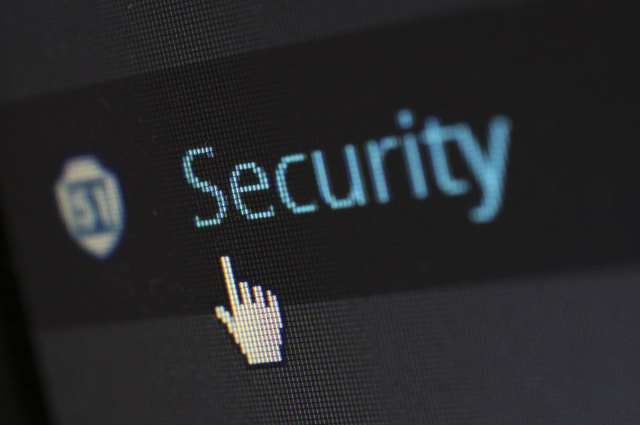
Image by Werner Moser - Pixabay
Liability:
Issue with regard to liability is a major challenge. In the event of an accident or incident involving a UAV, it can be difficult to determine who is responsible and liable for any damages or injuries that result. For example, if a UAV crashes into a building or injures a person, who is held responsible: the operator, the manufacturer, the software developer, or the government agency that regulates UAVs? To address this challenge, many countries have established liability regimes for UAVs. These regimes often involve a combination of strict liability, fault-based liability, and insurance requirements. Strict liability means that the operator or owner of the UAV is held responsible for any damages or injuries caused by the UAV, regardless of whether they were negligent or not. Fault-based liability means that the operator or owner is only held responsible if they were negligent or acted recklessly. Insurance requirements mean that UAV operators and owners must obtain insurance coverage to protect against any potential liability.
However, some countries may have no specific liability laws or regulations for UAVs, while others may have more extensive liability regimes that cover a wide range of potential scenarios. Additionally, the liability regimes for UAVs may continue to evolve as the technology and use cases continue to develop. The issue of liability can be complex and challenging to navigate, especially given the potential for UAVs to cause damages or injuries. Therefore, it is important for UAV operators and owners to be aware of the liability regimes in their respective countries and to obtain the necessary insurance coverage to protect against potential liability.
Airspace regulation:
UAVs can potentially interfere with manned aircraft and other airspace users, which can raise concerns about safety and security. Therefore, many countries have established regulations to ensure that UAVs operate safely and do not interfere with other airspace users. Airspace regulations for UAVs often include restrictions on where and when they can be flown, as well as requirements for equipment such as transponders or collision avoidance systems. For example, in the United States, the Federal Aviation Administration (FAA) requires all UAVs to be registered and to follow certain operating rules, such as staying below 400 feet above ground level and avoiding other aircraft. Additionally, some countries may require UAV operators to obtain special permits or authorizations to fly in certain areas, such as near airports or military installations.
However, airspace regulations for UAVs can be complex and challenging to navigate, especially given the potential for UAVs to operate in a wide range of environments and use cases. Additionally, the airspace regulations for UAVs may differ significantly from those for manned aircraft, which can lead to confusion and conflicts. The issue of airspace regulation is closely tied to safety and security concerns, and it is important for UAV operators and users to be aware of the regulations in their respective countries and to comply with them to avoid legal liabilities and risks.
Data protection
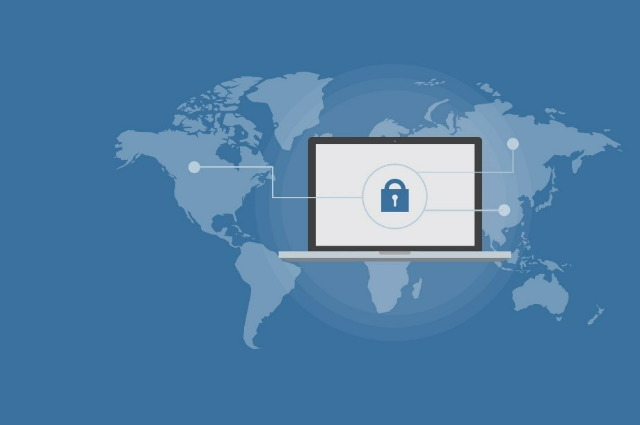
Image by vishnu vijayan - Pixabay
UAVs can collect a large amount of data through various sensors and cameras, including personal information and sensitive data. This can raise concerns about how this data is collected, stored, and used, and whether it is being protected properly. In the European Union, the General Data Protection Regulation (GDPR) sets out strict rules on how personal data should be collected, processed, and stored. Additionally, some countries may have specific laws or regulations related to data protection in the context of UAVs, such as requiring the operator to obtain consent before collecting data or implementing certain security measures to protect the data.
The Case of India
In India, the use of unmanned aerial vehicles (UAVs) is regulated by the Directorate General of Civil Aviation (DGCA) under the Ministry of Civil Aviation. The DGCA has issued guidelines and regulations related to the operation of UAVs in India, which include both commercial and non-commercial uses. The DGCA's regulations require UAV operators to obtain a Unique Identification Number (UIN) and an Operator Permit (OP) before operating any UAV in India. The UIN is a unique identification number that is issued to each UAV, while the OP is issued to the operator of the UAV. The regulations also specify the maximum altitude at which UAVs can be flown, the maximum distance from the operator at which the UAV can be flown, and the areas where UAVs are prohibited from flying, such as near airports and military installations.
In addition to the DGCA regulations, the use of UAVs in India is also subject to other laws and regulations, including those related to data privacy and intellectual property rights. For example, the Information Technology Act of 2000 includes provisions related to the protection of personal information and data, which may be relevant for UAV operators who collect or use data through their UAVs. However, despite the existence of regulations and laws related to UAVs in India, there have been some challenges related to their implementation and enforcement. For example, there have been reports of unauthorized UAVs being flown in restricted areas or causing safety concerns, highlighting the need for more effective enforcement mechanisms. It is important for UAV operators and manufacturers in India to be aware of the regulations and laws related to UAVs and to comply with them to avoid legal liabilities and risks.
Challenges in India
There are some challenges specific to India related to the use of unmanned aerial vehicles (UAVs). One of the main challenges is related to security concerns, particularly in light of the ongoing conflict with neighboring countries such as Pakistan and China. The Indian government has expressed concerns about the potential for UAVs to be used for surveillance or other malicious purposes, and there have been reports of unauthorized UAVs being flown near sensitive areas or military installations. As a result, the regulations and guidelines related to the use of UAVs in India are designed to ensure that the technology is used safely and responsibly, and that operators are properly trained and licensed.
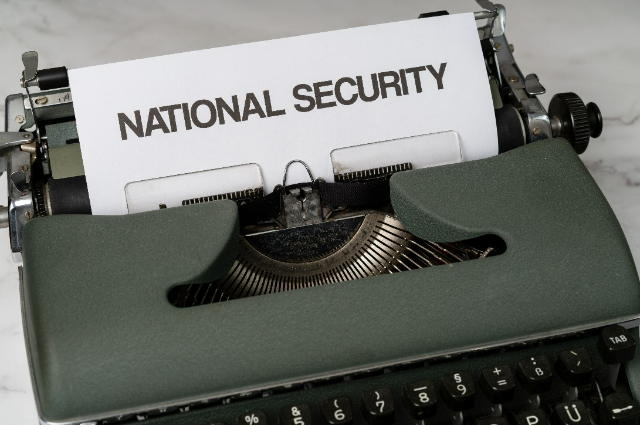
Image by Markus Winkler – Pixabay
Another challenge specific to India is related to the use of UAVs for agriculture and disaster management. While there is great potential for UAVs to be used in these areas to increase efficiency and effectiveness, there are also challenges related to the implementation of the technology. For example, there may be limited infrastructure and resources available to support the use of UAVs in remote or rural areas, which may make it difficult to conduct regular maintenance or repairs. Additionally, there may be cultural or social barriers that need to be addressed, such as concerns about privacy or traditional farming practices. Overall, while India has established regulations and guidelines related to the use of UAVs, there are still challenges that need to be addressed in order to fully realize the potential of this technology in the country. These challenges include security concerns, implementation challenges, and issues related to intellectual property rights.
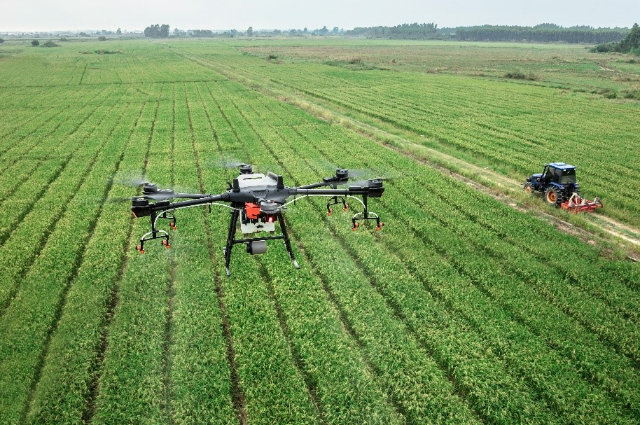
Image by DJI-Agras - Pixabay
CONCLUSION
In short, unmanned aerial vehicles (UAVs) have the potential to revolutionize various industries by providing efficient, cost-effective, and innovative solutions. However, there are several legal challenges and regulations that need to be addressed for the safe and effective use of UAVs. Governments should work towards developing more comprehensive and standardized regulations related to the use of UAVs. This would help to reduce confusion and ensure that operators are aware of their legal obligations. They should also focus on strengthening enforcement mechanisms to ensure that operators who violate regulations are held accountable for their actions. This would help to deter non-compliance and promote safe and responsible use of UAVs. Innovation and investment in the UAV industry should be encouraged by providing incentives such as tax breaks or funding for research and development in order to promote the growth of the industry and ensure that new technologies and applications are developed.
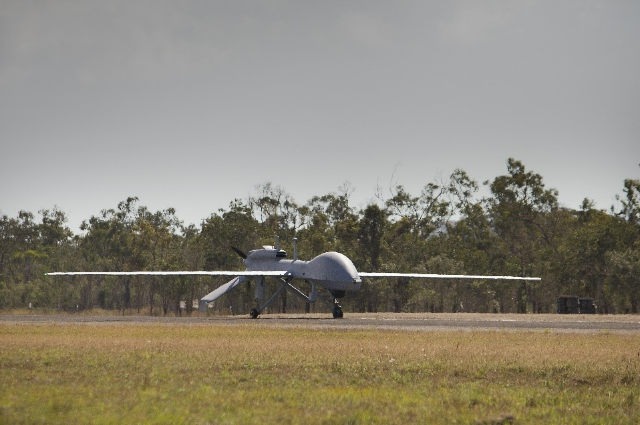
Image by Military_Material - Pixabay
It is the need of the hour to take steps to address privacy concerns related to the use of UAVs. This could include implementing measures such as data protection policies, privacy impact assessments, or guidelines for responsible data use. Overall, addressing the legal challenges and regulations related to the use of UAVs will require a collaborative effort between governments, operators, and other stakeholders. By working together to develop effective policies and practices, we can ensure that UAVs are used safely, responsibly, and to their full potential.
. . .
Reference:
- Kalogeraki, O., Votis, K., & Tsetsinas, I. (2016). A Survey of UAV Usage for Security Applications in the Private Sector. In International Conference on Information and Communication Technologies for Disaster Management (pp. 53-62). Springer.
- Lu, C. H., & Wu, Y. C. J. (2018). Challenges and solutions for UAV-based inspection. Journal of Marine Science and Technology, 26(4), 551-560.
- Oetomo, D., & Chen, C. (2016). International Civil Aviation Organization regulations and the integration of drones in civil airspace. International Journal of Aerospace Engineering, 2016.
- Rieger, M., Neumann, D., & Rüdiger, A. (2018). Liability of drone pilots under the general liability regime: A comparative analysis. Journal of Air Law and Commerce, 83(1), 55-83.
- Staderini, E. M., Belgiorno, G., & Bovenga, F. (2017). Unmanned aerial vehicles: A review of civil applications and key legal issues. Journal of Unmanned Vehicle Systems, 5(4), 237-254.
- Tretheway, M. W., & Hanlon, J. P. (2016). Small drones in the enterprise: Opportunities and challenges. Journal of Transport Geography, 56, 96-103.
- Wang, H., & Huang, H. (2017). The applications of unmanned aerial vehicles in agriculture. Journal of Integrative Agriculture, 16(12), 2904-2918.
- "Indian Army to induct 1,300 UAVs in next 5 years," Economic Times, January 2018. Link: https://economictimes.indiatimes.com
- "India joins US, Israel, China with armed drones," Business Standard, November 2020. Link: https://www.business-standard.com
